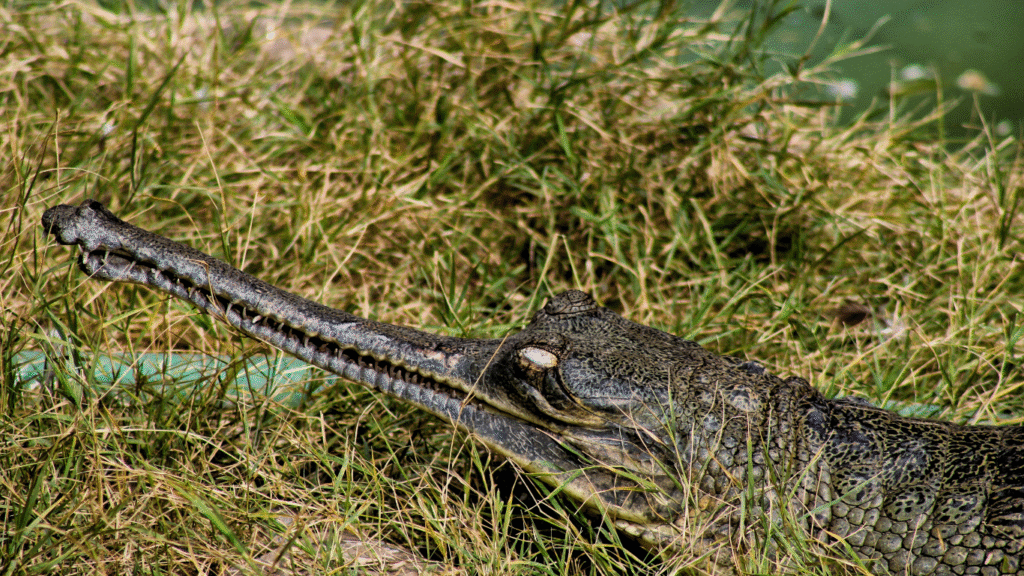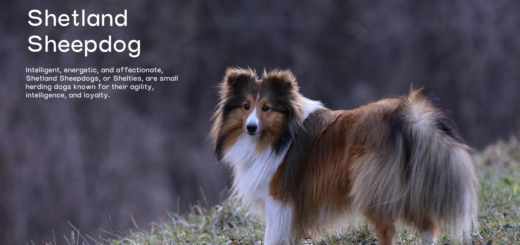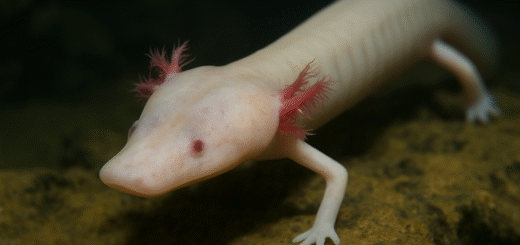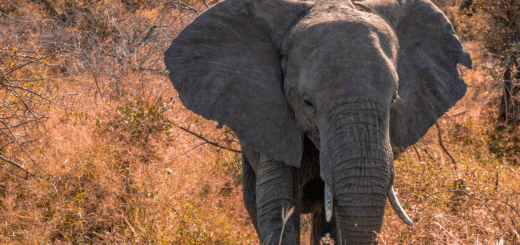The Gharial: A Rare and Fascinating Reptile of the Riverbanks
The Gharial (Gavialis gangeticus) is one of the most unique and rare species of crocodilian found in South Asia. Known for its long, narrow snout, this fascinating reptile is often overlooked in favor of its more famous relatives, the crocodiles and alligators. However, the gharial plays a crucial role in the ecosystems of the rivers it inhabits, and its distinct features make it one of nature’s most remarkable creatures.

In this article, we will explore the characteristics, habitat, diet, conservation status, and unique traits of the gharial, shedding light on why it is so special.
What is a Gharial?
The gharial is a type of crocodilian that belongs to the family Gaviidae. It is often confused with other crocodiles due to its similar body structure, but it can be easily distinguished by its long, narrow, and pointed snout, which is adapted for catching fish—its primary food source. The male gharial also has a distinctive bulbous growth on the tip of its snout, called a “ghara,” which is used for vocalization and attracting mates.
Physical Features of the Gharial
The gharial is an impressive creature in both size and appearance. Adult gharials can reach lengths of up to 20 feet (6 meters) and weigh around 1,000 pounds (450 kilograms). However, their most notable feature is their long, thin snout, which is lined with 110 to 120 teeth, all perfectly suited for gripping fish.
Unlike many other crocodilian species, gharials have a more streamlined body that allows them to swim with exceptional agility. Their eyes, ears, and nostrils are positioned on top of their head, allowing them to remain almost entirely submerged while hunting for food.
Habitat and Distribution
Gharials are primarily found in the rivers of the Indian subcontinent. Historically, they were widespread throughout the major river systems of India, Nepal, Bhutan, and Bangladesh, particularly in the Ganges, Indus, and Brahmaputra rivers. Today, however, the gharial’s range has drastically reduced.
They prefer fast-flowing, deep rivers with clear water and sandy riverbanks where they can bask in the sun. These rivers also provide the perfect environment for their diet, which consists mainly of fish.
Diet and Behavior
The gharial is a carnivore and is known for its specialized diet of fish. Unlike crocodiles, which may also hunt large terrestrial animals, gharials are purely piscivorous. Their long snouts are perfect for catching small fish, and they often hunt by waiting motionless underwater until prey comes close enough to snatch.
Despite their fearsome appearance, gharials are relatively non-aggressive towards humans, preferring to keep their distance. They are solitary creatures, often basking alone on the riverbanks, and only come together during mating season.
Reproduction and Lifespan
Gharials breed in the winter months (typically between December and January). After a courtship display, the female lays her eggs in a sandbank nest, where the temperature regulates the sex of the offspring. The female lays between 20 to 50 eggs, which hatch after about 70 days.
The young gharials are extremely vulnerable in their early stages, and their survival rates are low. They take several years to reach adulthood and may live for up to 50 years in the wild if they are not threatened.
Conservation Status of the Gharial
The gharial is currently listed as critically endangered by the International Union for Conservation of Nature (IUCN). Its population has dramatically decreased due to several factors:
- Habitat Loss: Construction of dams, sand mining, and agricultural activities have drastically altered the riverbanks where gharials once thrived.
- Pollution: Pollution from industrial waste, plastics, and chemicals has harmed the gharial’s delicate aquatic habitat, leading to both the loss of food sources and habitat degradation.
- Fishing: Overfishing and the destruction of fish populations have directly impacted the gharial’s primary source of food.
- Human-Wildlife Conflict: The increasing human population along riverbanks has led to more conflicts, as gharials are often caught in fishing nets or killed by local communities who fear them.
Due to these threats, the gharial population is now believed to be fewer than 1,000 individuals, with only a few isolated populations remaining in India and Nepal.
Conservation Efforts
Efforts to conserve the gharial have been ongoing since the late 20th century. Some of the most successful conservation initiatives have included:
- Breeding Programs: Zoos and wildlife reserves, such as the Crocodile Breeding Centre in India, have been breeding gharials in captivity and releasing them into the wild.
- Protected Areas: Several river systems in India, such as the Chambal River, have been designated as protected areas for gharials, where they are monitored and safeguarded from human interference.
- Public Awareness: Environmental organizations have been actively raising awareness about the gharial’s plight, encouraging locals to help protect their habitats and reduce poaching.
Why Should We Care About the Gharial?
The gharial plays a significant role in maintaining the balance of its ecosystem. As a top predator in its river habitat, it helps regulate fish populations, which in turn ensures the health of the river’s biodiversity. Without the gharial, the rivers would experience an overgrowth of certain fish species, potentially leading to ecosystem imbalances.
Additionally, the gharial is a symbol of the rich biodiversity of the Indian subcontinent, and losing this species would represent the irreversible decline of a unique part of the world’s natural heritage.
Conclusion
The gharial is an extraordinary and rare reptile that deserves more attention and conservation efforts. With its long, elegant snout, remarkable swimming abilities, and specialized diet, it is a true marvel of nature. However, its future remains uncertain due to habitat loss and human interference. It is essential that we continue to protect the gharial and its river habitats to ensure that future generations can witness the beauty of this magnificent creature.








